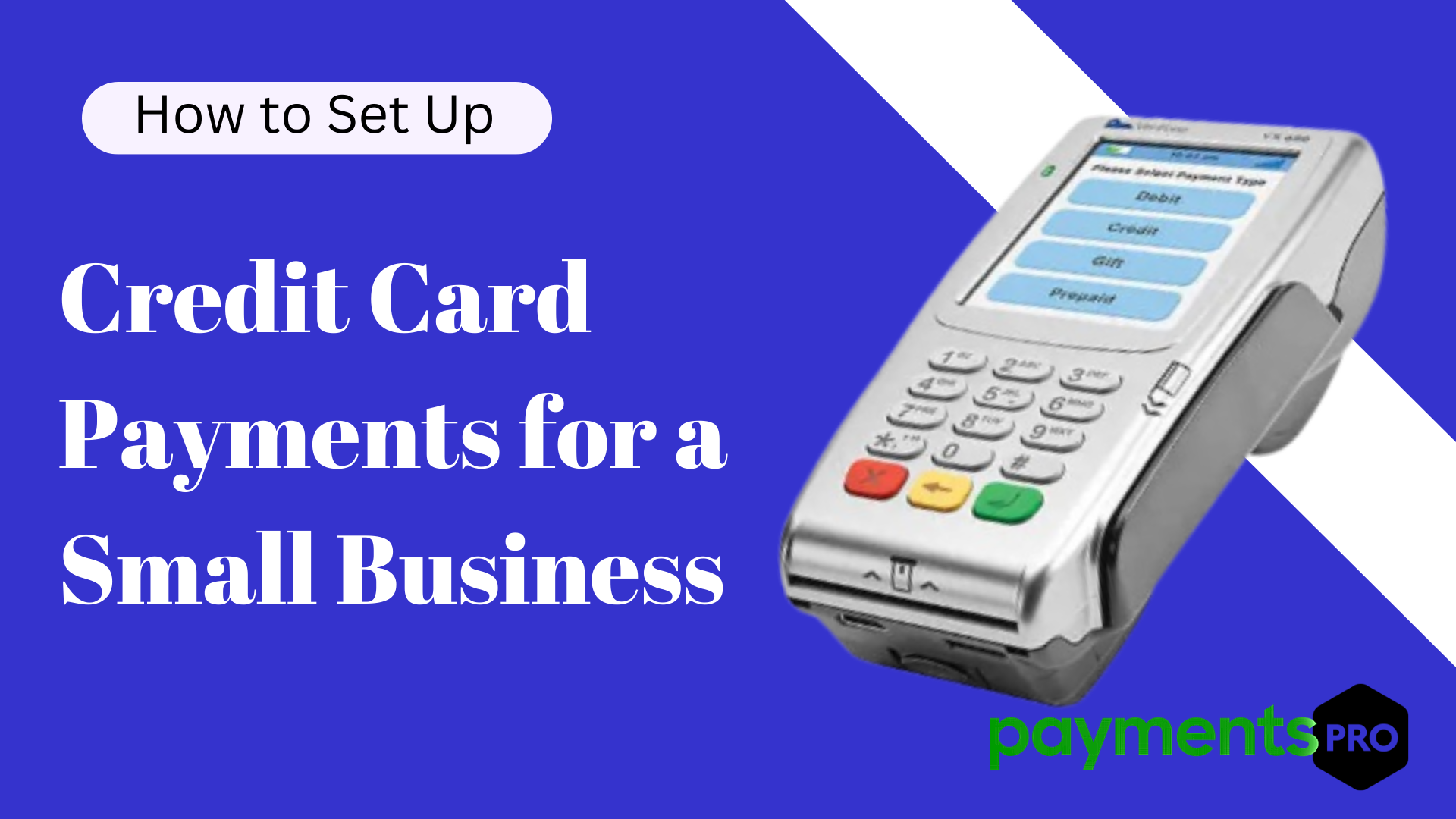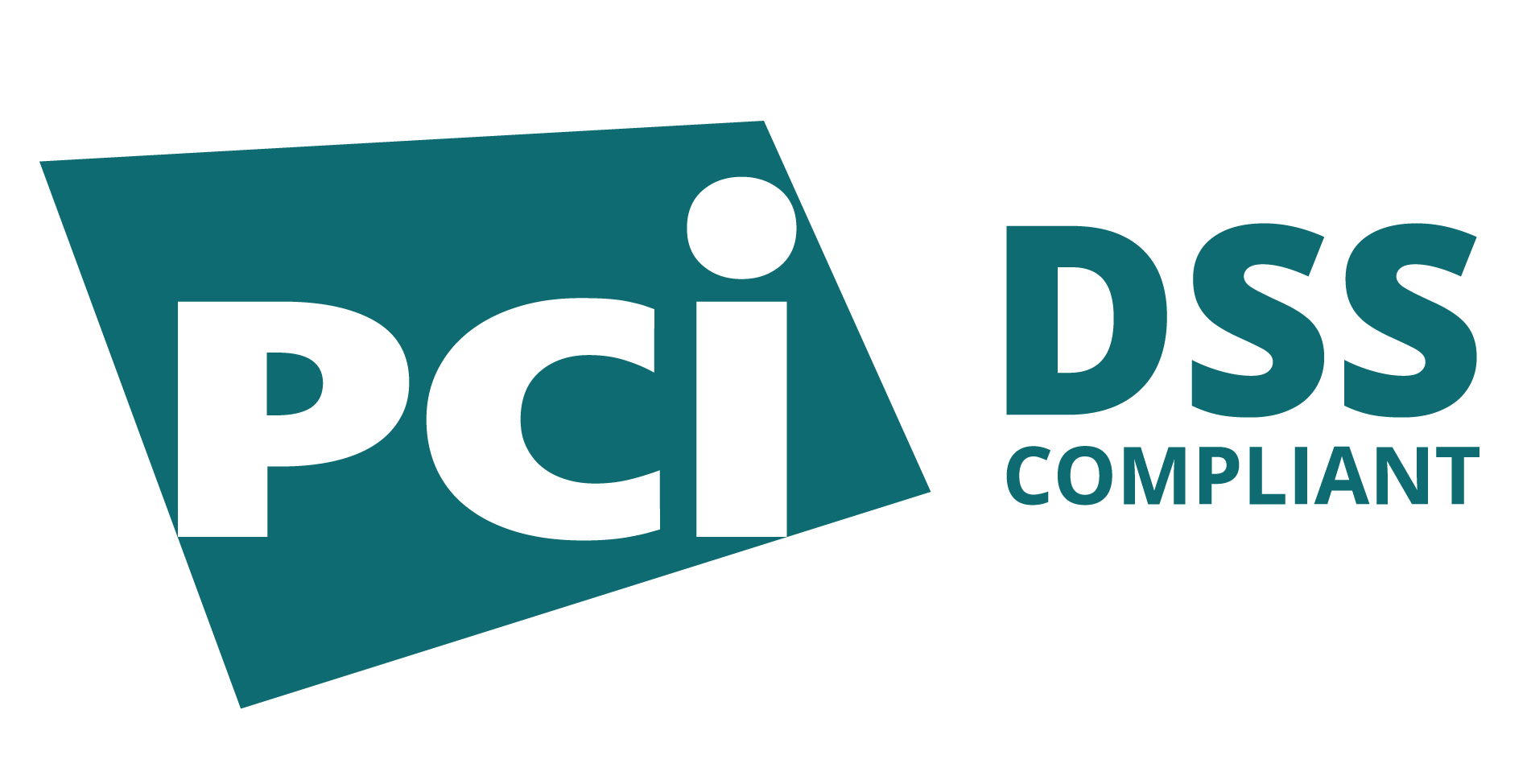In today’s digital economy, accepting online Credit Card Payments for Small Business is essential for small businesses to succeed. Whether you’re running an e-commerce store, offering services online, or managing a brick-and-mortar shop with an online component, enabling such payment processing improves your customer experience and broadens your market reach. Here we are guiding you through the critical steps to set up online Credit Card Payments for Small Business and ensure a secure and seamless process.

Why Accept Credit Card Payments for Small Business?
Before diving into the setup process, it’s important to understand the significant benefits of accepting such payments online:
- Convenience for Customers: Most consumers prefer using credit or debit cards for purchases. Accepting these payments online makes your business more accessible and convenient.
- Increased Sales: Studies show that businesses accepting Credit Card Payments for Small Business see increased sales. The speed and ease of certain payments encourage customers to make purchases more frequently and in larger amounts.
- Faster Transactions: These payments are processed quickly, giving you faster access to funds and improving your business’s cash flow.
- Global Reach: Accepting these payments online enables your business to reach customers around the world, breaking down geographical barriers.
- Customer Trust: Offering secure payments can build trust with customers, especially those unfamiliar with your business. People are more likely to make purchases when they can use trusted methods like Credit Card Payments for Small Business.
Steps to Set Up Online Credit Card Payments for Small Business
Here’s a step-by-step guide to help you set up card payments for your small business:
1.Choose the Right Payment Gateway:
A payment gateway is essential for facilitating online credit card transactions between your business and the customer. It securely encrypted sensitive data, ensuring that payments are processed safely. When selecting a payment gateway, consider the following factors:
- Fees: Some gateways charge a monthly fee, while others take a percentage of each transaction. Choose one that aligns with your sales volume and budget. Be mindful of transaction fees, as these can affect your overall profit.
- Supported Payment Methods: Make sure the gateway supports multiple card types (Visa, MasterCard, American Express) and other payment methods like PayPal, Apple Pay, or Google Pay.
- Security Features: Look for gateways with advanced fraud detection, encryption technology, and PCI compliance to protect your business and customers.
2. Set Up a Merchant Account:
To process payments, you will need a merchant account, which allows you to accept payments from credit or debit cards. The funds from sales will be deposited into this account before being transferred to your business bank account.
There are two main ways to set up a merchant account:
- Through a Payment Processor: Many payment gateways such as Payment pro offer built-in merchant services, eliminating the need for a separate account.
- Through a Bank or Third-Party Provider: Some businesses opt to set up a merchant account directly with their bank or a specialized merchant service provider. This approach requires integrating your merchant account with your payment gateway.
When setting up a merchant account, review the fees, transaction limits, and transfer times to ensure they align with your business model.
3. Ensure PCI Compliance:
Any business that processes certain payments must comply with Credit Card Payments for Small Business Industry Data Security Standards (PCI DSS) to protect against data breaches and fraud. Maintaining PCI compliance is critical for safeguarding customer information. Compliance involves: ensuring secure transaction processes, regularly updating security measures, conducting audits, and implementing credit card repair practices to address any vulnerabilities. By following these standards, businesses can better protect their customers and maintain trust
- Encrypting cardholder data.
- Maintaining a secure network.
- Implementing strong access control measures.
- Regularly monitoring and testing networks.
Most payment gateways include built-in PCI-compliant security features. However, you should still ensure that your business follows best practices to avoid vulnerabilities. Not being PCI-compliant can result in fines, legal penalties, and damage to your business reputation.
4. Integrate the Payment Gateway with Your Website:
Once you’ve chosen a payment gateway and set up a merchant account, you need to integrate the gateway into your website. This allows customers to complete transactions seamlessly.There are several ways to integrate a payment gateway, depending on your website platform and technical expertise:
Use an E-commerce Platform: If you’re using an e-commerce platform like Shopify, WooCommerce, or BigCommerce, these platforms offer easy integrations with popular payment gateways.
Custom Integration: If your website is custom-built, you’ll need a developer to integrate the payment gateway via an API. While this method requires technical knowledge, it offers greater flexibility and customization options.
Hosted Payment Page: Some payment gateways offer hosted payment pages where customers are redirected to complete their transactions. This is a secure and straightforward option for small businesses without extensive development resources.
5. Optimize for Mobile Payments:
With the rise of mobile shopping, it’s critical that your payment system is mobile-friendly. Many consumers prefer to shop and make payments using their smartphones, so optimizing your payment process for mobile devices will help reduce cart abandonment and improve customer satisfaction.
Ensure your payment gateway and checkout process are responsive and adapt to different screen sizes. This will make it easier for customers to complete transactions on their mobile devices, leading to higher conversion rates.
6. Test the Payment Process:
Before launching your online payment system, thoroughly test the payment process to ensure everything works as expected. Test transactions should confirm that payments are processed smoothly, customers receive confirmation emails, and funds are transferred to your merchant account without issues.
Testing can help you identify any potential problems before they affect your customers. Run test payments across multiple devices and browsers to ensure a consistent experience.
7. Provide Multiple Credit Card Payments for Small Business Options:
In addition to accepting credit or debit cards, consider offering your customers various alternative payment methods:
- ACH Payments: Direct transfers from bank accounts for customers who prefer not to use cards.
- Digital Wallets: Payment methods like PayPal, Apple Pay, and Google Pay are popular alternatives to traditional Credit Card Payments for Small Business
- Buy Now, Pay Later (BNPL): Services like Klarna or Afterpay allow customers to split payments into installments, which can encourage larger purchases.
Offering a variety of payment options enhances the customer experience, making it easier for them to complete their purchases.
8. Invest in Payment Terminals for In-Store Payments:
If you run a physical store in addition to your online business, you may want to invest in payment terminals to accept card payments in person. Having a Credit Card Payments for Small Business business machine or a debit card machine for small businesses allows you to accept such kinds of payments seamlessly in-store.
Terminals come in various types, including countertop machines, portable devices, and contactless options for debit and Credit Card Payments for Small Business. Choosing the right payment terminal depends on your business model and customer preferences.
9. Calculate Credit Card Repayment Costs:
Understanding the costs associated with certain payments is vital for managing your business’s cash flow. Using a Credit Card Payments for Small Business calculator can help you estimate transaction fees, monthly payment schedules, and how much revenue you will retain after processing fees. A Credit Card Payments for Small Business monthly calculator allows you to predict the cost of fees, helping you plan for accurate budgeting and cash flow management. You can also use it to compare costs between different payment gateways and processors.
10. Monitor for Fraud and Security Threats:
As you begin accepting such payments, it’s important to stay vigilant against potential fraud. While payment gateways offer robust security measures, additional layers of protection can further safeguard your business. Tools like fraud detection software, address verification services (AVS), and multi-factor authentication can help reduce the risk of unauthorized transactions. Additionally, consider setting up transaction limits or requiring CVV verification to add extra protection during the checkout process.
Payment Pro’s Credit Card Payments for Small Business Solutions:
At Payment Pro, we specialize in helping small businesses set up certain payments securely and efficiently. Our services include:
- Low transaction fees: We offer competitive pricing to help small businesses process Credit Card Payments for Small Business without cutting into profits.
- Fast and reliable processing: We ensure payments are processed quickly, helping you maintain healthy cash flow.
- Advanced fraud protection: We use the latest fraud detection technology to safeguard your business from unauthorized transactions.
- Mobile-friendly integration: Our solutions work seamlessly on any device, ensuring a smooth and secure checkout experience for your customers.
Additionally, we offer in-store payment terminals, including debit card machines for small businesses, making it easy to accept payments both online and offline.
Conclusion
Setting up online debit or Credit Card Payments for Small Business is critical for meeting customer expectations and boosting sales. By selecting the right payment gateway, ensuring PCI compliance, optimizing for mobile, and offering multiple payment options, your business will be well-positioned to attract more customers and grow. With Payment Pro’s tailored solutions, you can integrate card processing and payment terminals into your website or store, providing a seamless experience for your customers. Accepting such payments opens the door to a broader audience, increases sales potential, and establishes your business as a professional and trustworthy option.


